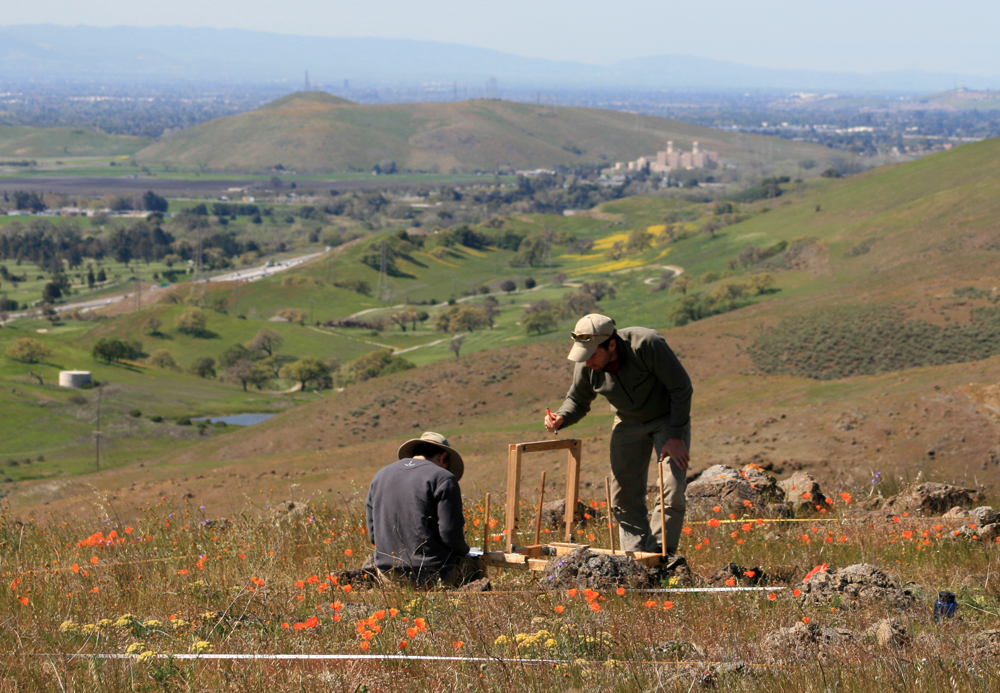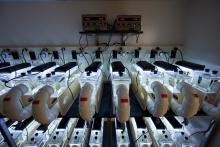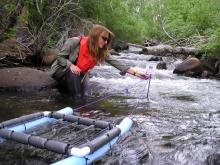
Biodiversity Loss Ranks with Climate Change and Pollution in Terms of Impacts to Environment, NCEAS Researchers Say


A recent study published by an international research team working at UC Santa Barbara's National Center for Ecological Analysis and Synthesis (NCEAS) has found that loss of biodiversity impacts the environment as significantly as climate change and pollution. The study, titled, "A global synthesis reveals biodiversity loss as a major driver of ecosystem change," was published May 2 in the journal Nature.
"For the past 15 years, ecologists have built a rich understanding of the consequences of humans driving species extinct. What we didn't know before this paper is whether those impacts of species loss rank up there with those from the major drivers of environmental change," said Jarrett Byrnes, a postdoctoral fellow with NCEAS.
Led by Western Washington University biologist David Hooper, the scientists, including those from institutions in the U.S., Canada, and Sweden, examined the effects of various environmental stressors on plant growth and decomposition, two crucial processes in any ecosystem. With data synthesized from almost 200 published studies, they measured the rate of species loss in different ecosystems, and found that the greater the plant species loss, the higher the negative impact on plant growth. The effects of biodiversity loss on biomass were similar to the effects from other environmental stressors, including global warming and pollution.
"Our work shows that, indeed, the impacts of species loss look to be on par with many kinds of human-driven environmental change," said Byrnes. "And more intriguingly, it suggests that if environmental change also causes loss of species, ecosystem functions like productivity could get hit with a 1-2 punch."
In the bigger picture, other ecosystem functions that provide clean food, air and water could eventually suffer.
The news looks bleak, with some projections suggesting that, at the current rate of biodiversity loss, Earth may face another mass extinction within 240 years. To combat this scenario, said Byrnes, species loss has to be considered alongside the more prominent forms of environmental change.
For the researchers, there is more to be studied, as they plan to dig deeper into the effects of species loss on multiple functions and explicitly link loss of species to changes in ecosystem services.
"One thing this study opens up is the need to better understand the interactions between environmental change and species loss. They're not independent, and may interact in some particularly unexpected ways," said Byrnes.
† Top image: The 'Flume Room' at the University of Michigan is used to assess how species diversity affects water quality in streams.
Credit: Bradley Cardinale/UCSB
†† Middle image: A researcher measuring the productivity of algae in a stream.
Credit: Bradley Cardinale/UCSB
††† Bottom image: Western Washington University (WWU) graduate student Daniel Slakey and undergraduate Anton Clifford investigate the relationship between native and exotic species.
Credit: Cait Hutnik
Related Links



